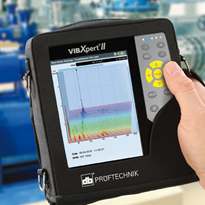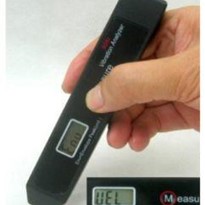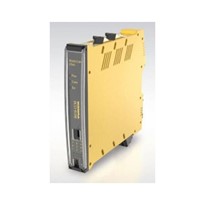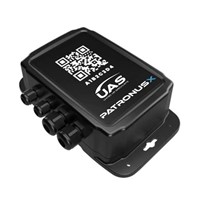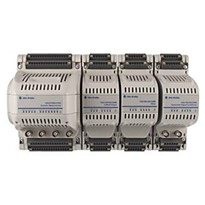A predictive maintenance regime aims to schedule timely maintenance by predicting equipment failure based on trends in historical data. Rather than regular maintenance, predictive condition monitoring allows the operators to prioritize maintenance of critical equipment that is more likely to fail. As a result, it will enable them to optimize maintenance resources by not spending them on other equipment.
Vibration monitoring is an integral component of the condition monitoring technique in a predictive maintenance regime. Change in vibration trend can be a sign of potential faults and provide the prognosis of the remaining useful life of the machine. Monitoring the vibration of the machinery is done using vibration sensors, accelerometers or optical sensors. Acquisition of the data can be made online, remotely or periodically. Online monitoring allows operators to monitor the machine condition in their central control room rather than traveling to the site to collect the data. This capability minimizes the risks of working in an industrial environment and the resources required to travel.
How does the vibration data tell the whole story? Vibration measurement can be riddled with errors and noises from any point of the measurement chain. Engineers need to perform vibration analysis which can be done through integrated data acquisition and powerful analysis software. By filtering measurable signals and transformation, they can produce the data that correctly represent the health of machinery. This technique can be applied for vibration monitoring in almost all rotating machinery such as compressors, turbines, gears, bearings or pumps.
Industrial Vibration Monitoring Applications
Vibration condition monitoring systems include vibration sensors such as accelerometers, associated signal conditioners, amplifiers and measurement systems. Although they can be integrated into almost any aspect of the process, the technique is more commonly implemented on crucial equipment with catastrophic failures, such as roller bearings and conveyor belts.
An accelerometer can be mounted on a roller bearing to measure its vibration level and compare it with the baseline data. Continuous vibration monitoring ensures that anomalies that occur when the bearing balls come in contact with the defective section of the bearings can be correctly identified. Successful implementation of this system may require correct identification of the source of problems as the change in vibration level can stem from many other sources. Therefore, users should also consider implementing reliable vibration measurement sensors across their entire measurement chain.
Pumps are another type of industrial equipment whose faults can be easily diagnosed with vibration monitoring sensors. Pumps are used in almost all servicing, process and manufacturing plants, from the utility, mining, chemical, food and power generation. Generally, vibration does not necessarily mean that the pump has failed. However, excessive vibration levels above the acceptable level may indicate potential problems leading to failures. For example, it may mean loose screws in the rotating parts increase friction between the moving parts, which can also be diagnosed with an infrared thermal imager. Or, it may also indicate cavitation, which requires the operators to take immediate actions to prevent further damage. General-purpose piezoelectric or IEPE accelerometers are ideal for condition monitoring applications in industrial pumps due to their high-frequency response.
An industrial cooling tower also requires regular monitoring and maintenance as it is pivotal to supply utilities to the whole plant. Cooling towers consist of a horizontal electric motor that drives a jackshaft which outputs to a large fan. Damaged fans can impact the operations of cooling towers. Vibration analysis of fans helps improve their reliability and efficiency to operate smoothly for a more extended period. By minimizing unplanned downtime, engineers can optimize operational costs and shift their resources to other essential activities. Typically for fan monitoring, triaxial accelerometers with broad frequency ranges of around 2–10,000 Hz on the Z axis, and 2–7,000 Hz on the X and Y axes are used. These accelerometers are permanently mounted on the drive train of the shaft to provide signals for early warning when vibration levels exceed a predetermined threshold.
Putting it all together
Every aspect of the measurement chain in a process plant is potentially a vibration monitoring point. Vibration measurement as a condition monitoring approach can effectively diagnose potential failure events and indicate operational health in machinery. To achieve the intended purpose, engineers must understand the accelerometers and mount them correctly to get accurate data. A sophisticated analysis package integrated with a suitable signal conditioning and measurement system is needed to perform vibration analysis to filter unwanted signals. Depending on the technology used, data can be transmitted via wired or wireless communication through 2.4GHz transmission system or WiFi.


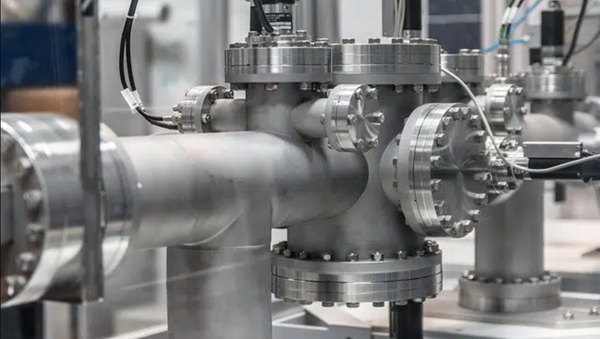
-160x160-state_article-rel-cat.png)
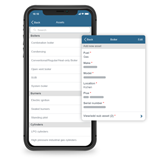






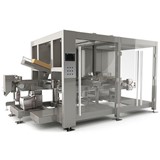


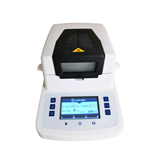
-160x160-state_article-rel-cat.jpg)

-160x160-state_article-rel-cat.png)



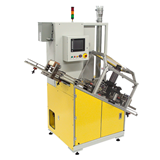



-205x205.jpg)



